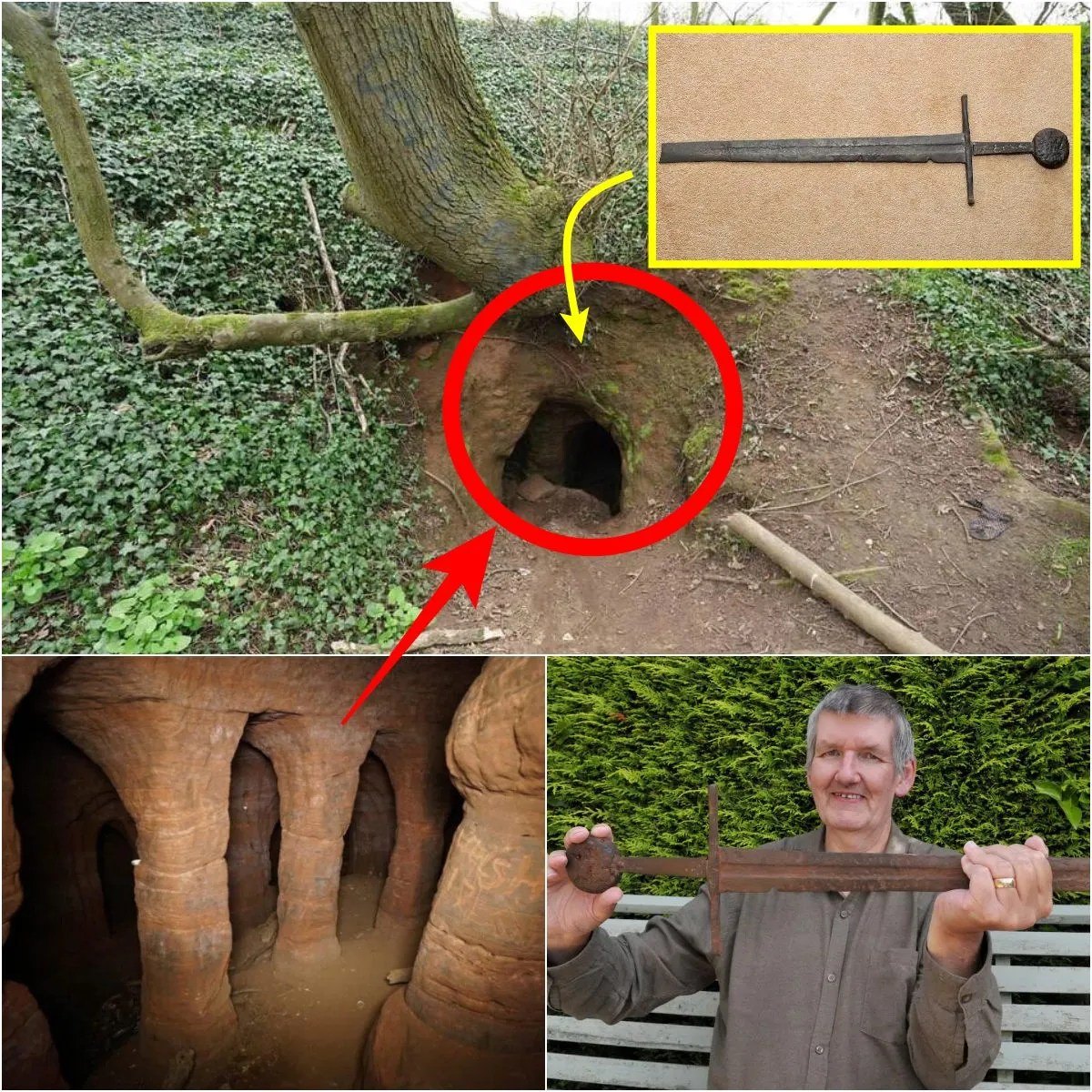The Myth of the Lost Templar Sword

For centuries, the Knights Templar have inspired stories of mystery, treasure, and hidden relics. Among the most captivating of these legends is the tale of a 700-year-old Templar sword, said to be concealed in a secret cave. This story, weaving together fragments of medieval history with the allure of fantasy, continues to fascinate despite the absence of credible evidence. The myth of the lost Templar sword exemplifies how human imagination sustains mysteries long after facts fade into shadow.
The Allure of the Templars
The Knights Templar were a medieval military order founded during the Crusades. Renowned as both warriors and guardians of Christian relics, they became legendary figures whose downfall only amplified their mystique. Their abrupt dissolution in the early 14th century, coupled with rumors of hidden treasures, fueled centuries of speculation about lost artifacts—ranging from the Holy Grail to secret weapons.
Against this backdrop, the legend of the hidden Templar sword feels inevitable. A weapon imbued with symbolism, it is imagined as both a relic of faith and a testament to knightly valor. Yet as historians point out, no archaeological record supports the existence of such a singular, undiscovered treasure.
Fact Versus Fiction
While medieval swords and genuine Templar artifacts have indeed been unearthed by archaeologists, none match the mythical description of a sword hidden in a cave for centuries. Instead, this story thrives in novels, folklore, and conspiracy theories—spaces where history and imagination easily blur.
What gives the tale its power is not evidence but resonance. The sword represents more than steel; it embodies lost glory, secret knowledge, and the enduring human desire to uncover hidden truths. In this sense, the myth persists not because it is real, but because it speaks to deeper cultural longings.
Why Myths Endure

Legends like the lost Templar sword remind us of how stories endure when they balance just enough truth with fantasy. The Templars were real. Their swords were real. Their downfall was dramatic. Yet the leap from historical record to secret relics hidden in caves reflects how humans use imagination to fill gaps in knowledge.
Psychologically, myths also serve as bridges across time. They allow us to connect with the past in ways that facts alone cannot, offering mystery where history leaves silence. In an age of constant discovery, such legends keep wonder alive.
Conclusion
The myth of the lost Templar sword is not an archaeological discovery but a cultural creation—a tale that endures because it blurs the line between reality and legend. While no secret cave or ancient relic has ever been confirmed, the story thrives as part of the broader Templar mystique. It is less about what lies buried in the earth and more about what lies buried in human imagination. In the end, the lost sword reminds us that sometimes myths, even when untrue, are treasures of their own.










